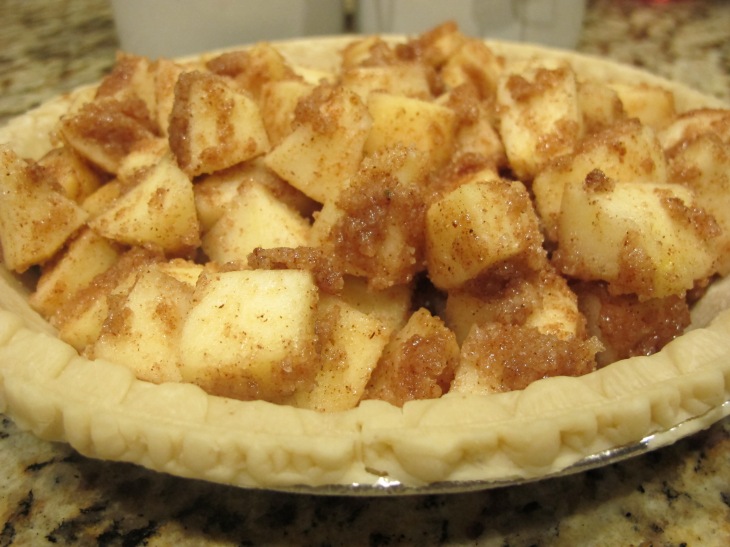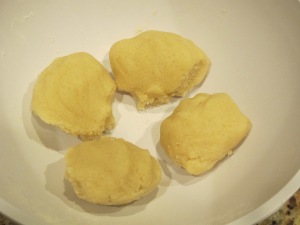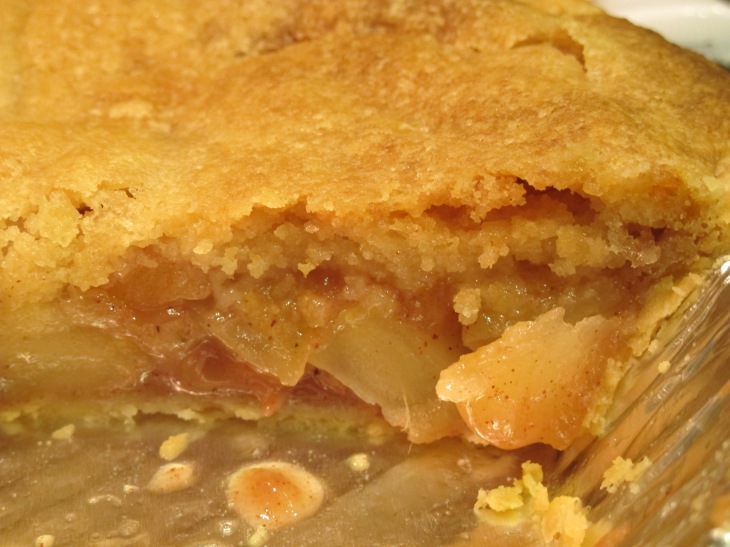Gain Full Knowledge of Online-Based, Small Business Phones' Utilities
/Nowadays the modern, technology-based
is considered as an essential part of DIY culture. This upgraded culture has led to the discovery of amazing, technically skilled communication equipment that has created a great revelation in the commercial industry.
The improved phone system has facilitated the flexible and convenient modes of communication with overseas clients and branch offices. The DIY culture normally speaks about the introduction of this technically improved equipment, which adds a range of flexibility in the operation of different communication oriented equipment. This kind of improvement has also led to the development, prosperity and expansion of different business concerns.
This kind of advanced phone communication system has also upgraded the
of different commercial concerns. Now, the conduction of conference meetings and business discussions are highly possible with the help of newly developed communication facility which has taken birth from DIY culture. Those business concerns which have multiple offices in different locations of the world can utilize the modern video conferencing communication system for conducting uninterrupted conferencing sessions.
This kind of improved technology has highly facilitated especially to the small business concerns as the modern communication system is quite cost-effective and flexible in nature.
Moreover, DIY culture has led to the creation of such an innovative and improved communication technology which has ultimately resulted into the success and prospect of different commercial industries. The small business phone can help the concerns to held important business meetings at any point f timer from anywhere just with the help of internet connectivity. Therefore, in order to collect more and more info about the same, you can make thorough online research for finding more intricate details. Get into different online links or websites for learning the utilities and functionalities of the modern technology based communication system of business concerns or organizations
.





































